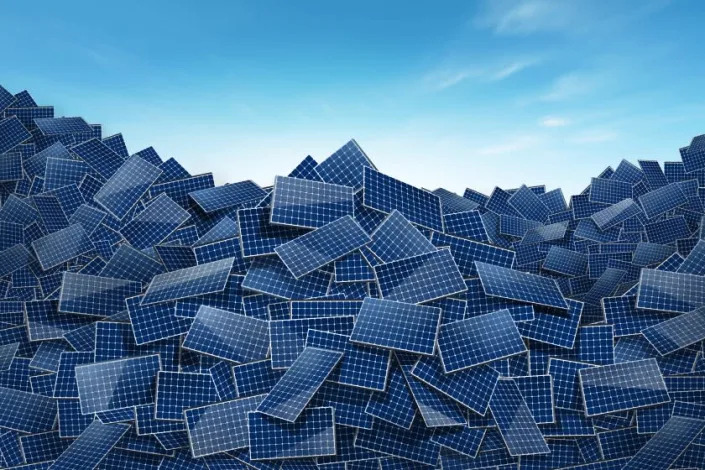California went big on rooftop solar. Now that’s a problem for landfills

California has been a pioneer in pushing for rooftop solar power, building up the largest solar market in the U.S. More than 20 years and 1.3 million rooftops later, the bill is coming due.
Beginning in 2006, the state, focused on how to incentivize people to take up solar power, showered subsidies on homeowners who installed photovoltaic panels but had no comprehensive plan to dispose of them. Now, panels purchased under those programs are nearing the end of their typical 25-to-30-year life cycle.
Many are already winding up in landfills, where in some cases, they could potentially contaminate groundwater with toxic heavy metals such as lead, selenium and cadmium.
Sam Vanderhoof, a solar industry expert and chief executive of Recycle PV Solar, says that only 1 in 10 panels are actually recycled, according to estimates drawn from International Renewable Energy Agency data on decommissioned panels and from industry leaders.
The looming challenge over how to handle truckloads of waste, some of it contaminated, illustrates how cutting-edge environmental policy can create unforeseen problems down the road.
“The industry is supposed to be green,” Vanderhoof said. “But in reality, it’s all about the money.”
California came early to solar power. Small governmental rebates did little to bring down the price of solar panels or to encourage their adoption until 2006, when the California Public Utilities Commission formed the California Solar Initiative. That granted $3.3 billion in subsidies for installing solar panels on rooftops.
…click on the above link to read the rest of the article…